|
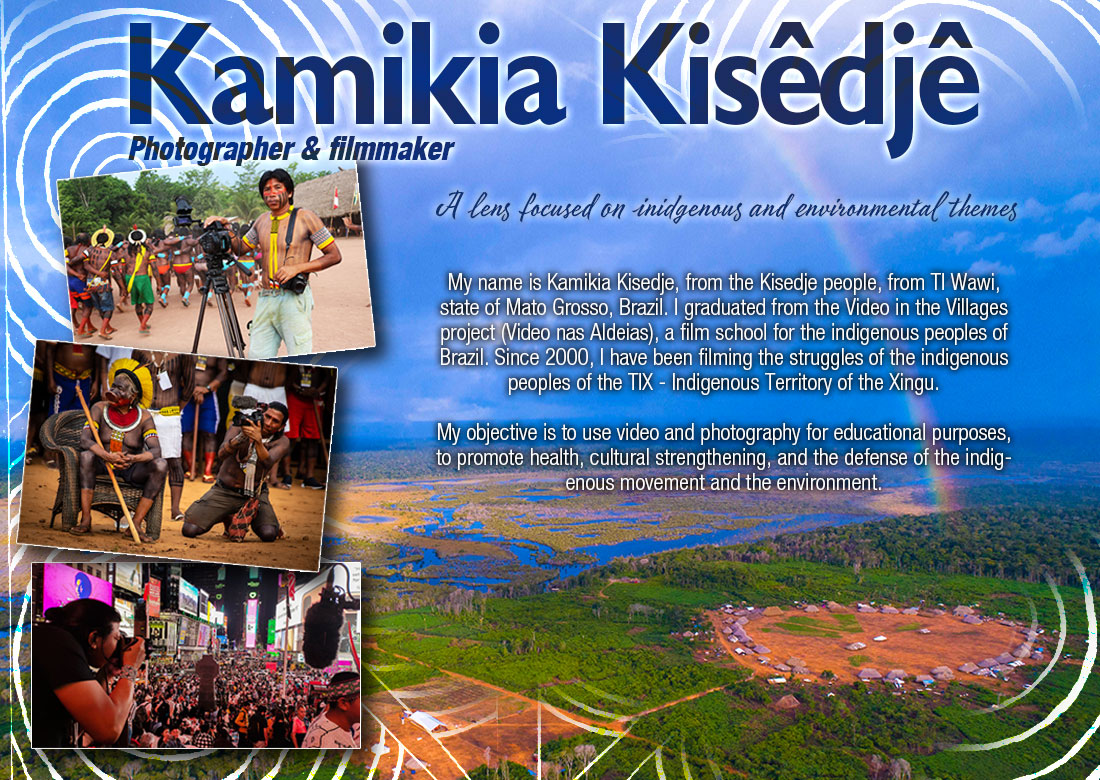
|
 |
|
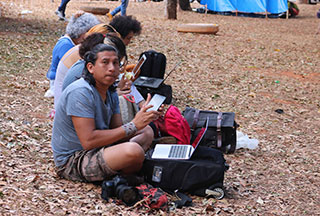 |
We, who work as a press, covering indigenous issues, have no office. We write and edit on the street, on floors, or the ground.
Indigenous Women March Press Room,
photo by Arewana Juruna© |
I am an indigenous filmmaker/photographer focusing my lens on environmental and ingenuous issues for over 15 years. I live in a village on the Amazon’s Xingu River, in the Indigenous Territory Wawi (TI Wawi). Because I am indigenous and live in the Amazon, much of my work has been dedicated to highlighting the struggles of indigenous peoples in Brazil as well as the need to preserve what is considered the world’s most important tropical forest (and our home).
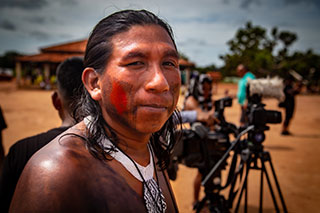 |
A meeting of the Mebengokre no Piaraçu,
Photo by Todd Southgate©
|
Both the Amazon and Indigenous peoples face challenges today, and I work hard as a filmmaker, using my skills and equipment, to help communicate the urgency in finding solutions to these challenges.
|
|
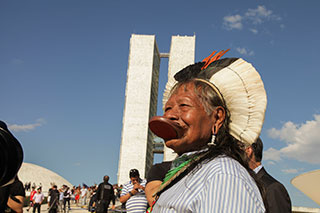 |
| I always accompany our great chief Roani, at Camp Terra Livre 2014, to give visibility to the fights, photo by Kamikia Kisedje © |
While it is always appreciated that the world takes an interest in the Amazon and Indigenous peoples, sending talented journalists and filmmakers to cover these pressing issues, today we have highly trained indigenous filmmakers such as myself possessing the technical skills necessary to tell these stories from a very unique, personnel and organic perspective. It is also very empowering for my peoples. Now we can share our own stories in a way that more intimately reflects our concerns, culture and the issues that affect us.
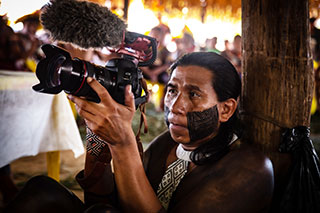 |
A meeting of the Mebengokre no Piaraçu,
Photo by Todd Southgate© |
My work has taken me throughout the many regions of Brazil, and even around the world in the company of legendary indigenous leaders such as Chief Raoni Metuktire covering his meetings with global heads of state.
|
|
|
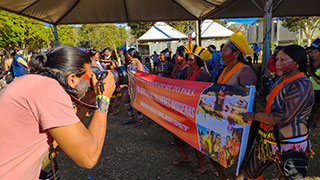 |
Photographing Kayapo women at the March of Indigenous Women in Brasilia, 2019© |
I hold many skills, my experience is vast, and my work is celebrated. I am held in high regards by not only indigenous peoples, and those working with the indigenous and environmental movement, but by non-indigenous filmmakers and photographers, too whom I have met, learned from and even taught along these 15 years in film-making.
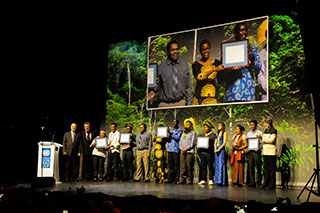 |
Equator prize award ceremony in Paris,
photo by Kamikia Kisedje© |
Kisedje
"Itáhwên ro sujarẽn na itha, ka aja mã itáhwên khĩn ne adjiro ahwê wa amu itáhwên itha ro ithẽm mã"
Português
"Esse é histórico do meu trabalho, se você gostou do meu trabalho, preciso do seu apoio para mim continuar com este trabalho."
English
"If you like my work, I need your support to continue with this mission"
|
|
|
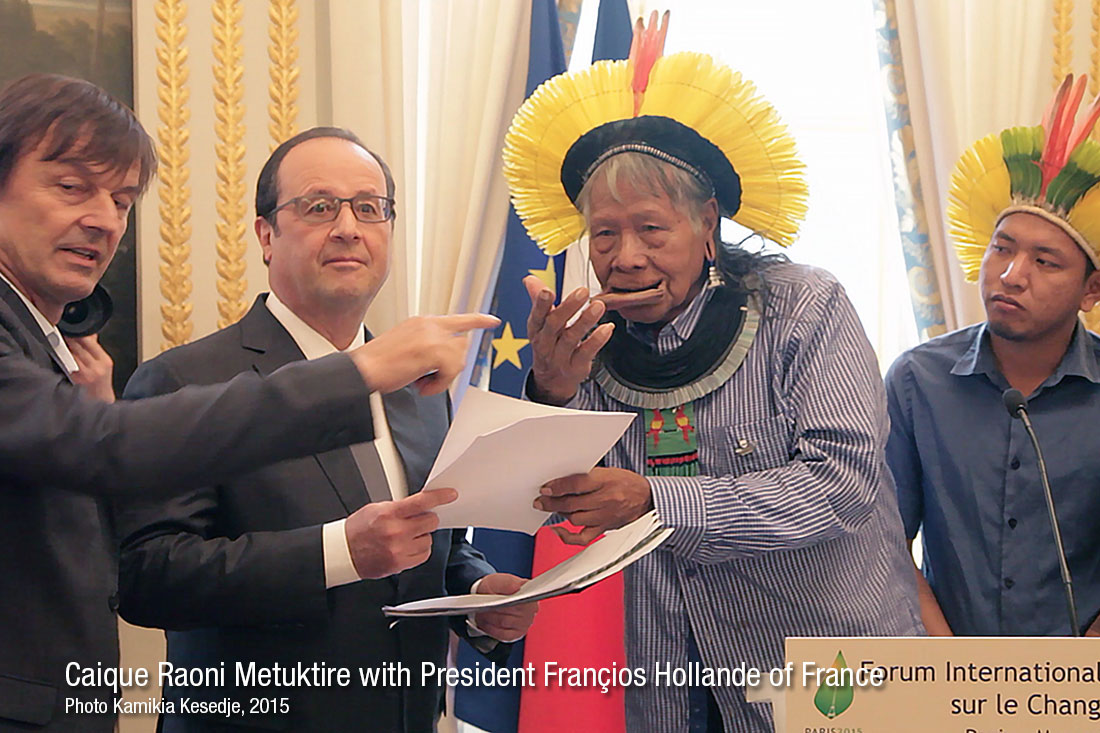 |
 |
|

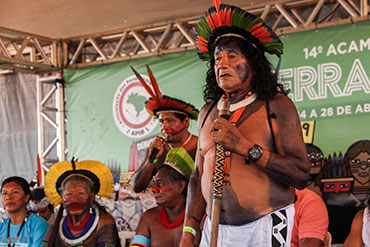 |
Chief Kuiussi, of the Kisedje people, at the traditional leadership table at the Camp Terra Livre 2014, to give visibility to indigenous struggles.
photo por Kamikia Kisedje |
|
|
Since 2000 I have followed the struggles of indigenous peoples began covering ATL (Land Free Camp) in 2012 and today I am a collaborator with APIB together with Midia India, Midia Ninja and others.
The Articulation of Indigenous Peoples of Brazil - APIB is national reference for the indigenous movement in Brazil, which was born with the purpose of:
- strengthen the union of indigenous peoples, the articulation between the different regions and indigenous organizations in the country;
- unify the struggles of indigenous peoples, the agenda of demands and demands and the politics of the indigenous movement;
- mobilize indigenous peoples and organizations in the country against threats and attacks on indigenous rights.
The APIB was created by the 2005 Terra Livre Camp (ATL), the national mobilization that takes place every year, starting in 2004, to make the situation of indigenous rights visible and to demand that the Brazilian State meet the demands and demands of indigenous peoples. .
The following regional indigenous organizations are part of APIB: Articulation of the Indigenous Peoples of the Northeast, Minas Gerais and Espírito Santo (APOINME), Articulation of the Indigenous Peoples of the Pantanal and Region (ARPIPAN), Articulation of the Indigenous Peoples of the Southeast (ARPINSUDESTE), Articulation of the Indigenous Peoples of the South (ARPINSUL), Great Assembly of the Guarani people (ATY GUASSÚ) and Coordination of Indigenous Organizations of the Brazilian Amazon (COIAB).
|
|
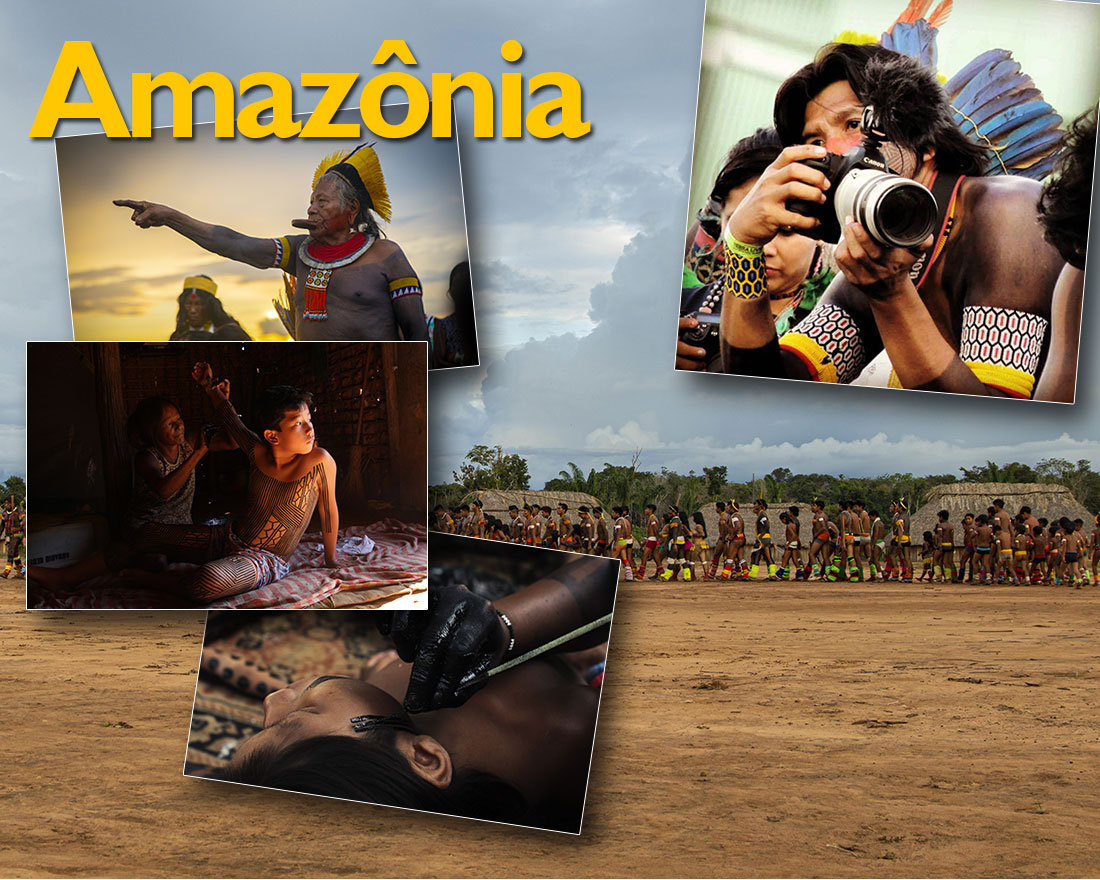

|
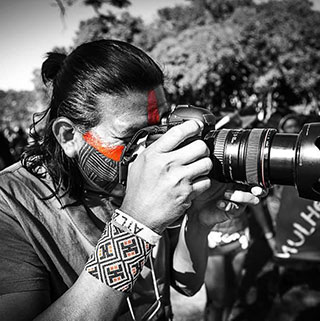 |
| Photo by Roberto Schiavini |
|
|
My name is Kamikia Kisedje, from the Kisedje people, IT Wawi, state of Mato Grosso, Brazil. I graduated from the Video in the Villages project, a film school for the indigenous people of Brazil. Since 2000 I have been covering the struggles of the indigenous peoples of TIX - Indigenous Territory of the Xingu.
My family, traveling, photographing and filming are my passions. I started photographing in 2005, but it was in 2007 that I dived in definitively, being a photographer, filmmaker and facilitating workshops (teaching others the techniques I learned). It has had me travel all over the world and throughout Brazil. Today I am the most active and known filmmaker and photographer in the indigenous movement.
I built a very particular path as an indigenous reporter, a kind of journalistic filmmaker who records events such as meetings, ceremonies and other indigenous cultural and political events. With a channel on YouTube, I follow the national indigenous movement, political protests and also the issues involving my people. Due to my extensive work in the indigenous movement and my consistent work on the issue of climate change, I have become an important reference for several peoples and filmmakers in training. My work as a photographer, cameraman and editor has taken me to various regions of Brazil and around the world accompanying the indigenous movement and important leaders within indigenous politics. I work as a freelance photographer and filmmaker.
|
|
|

 |
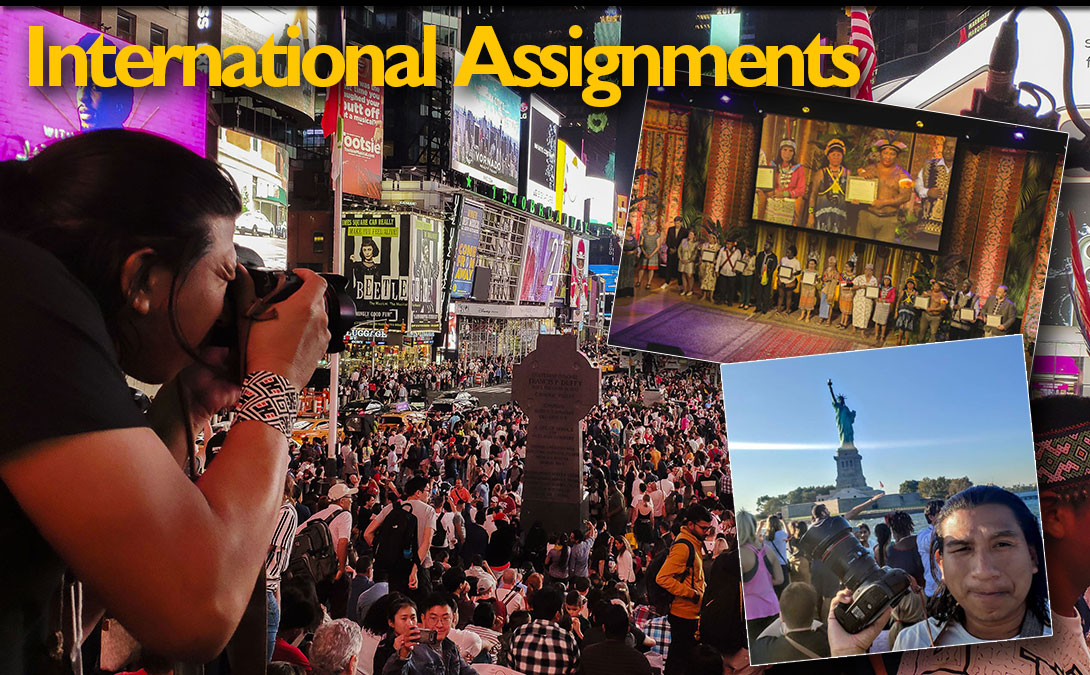 |
In 2015 I traveled at the invitation of the Raoni Institute to accompany and document Raoni's video and photography during Cop21 in Paris
In 2019 I traveled to New York to document on video and photo the Equatorial 2019 Award Ceremony that took place in September 2019, at the Town Hall theater in New York UN General Assembly, at the Secretary General's Climate Summit.
https://youtu.be/n3E4CDu_xb0
|
|

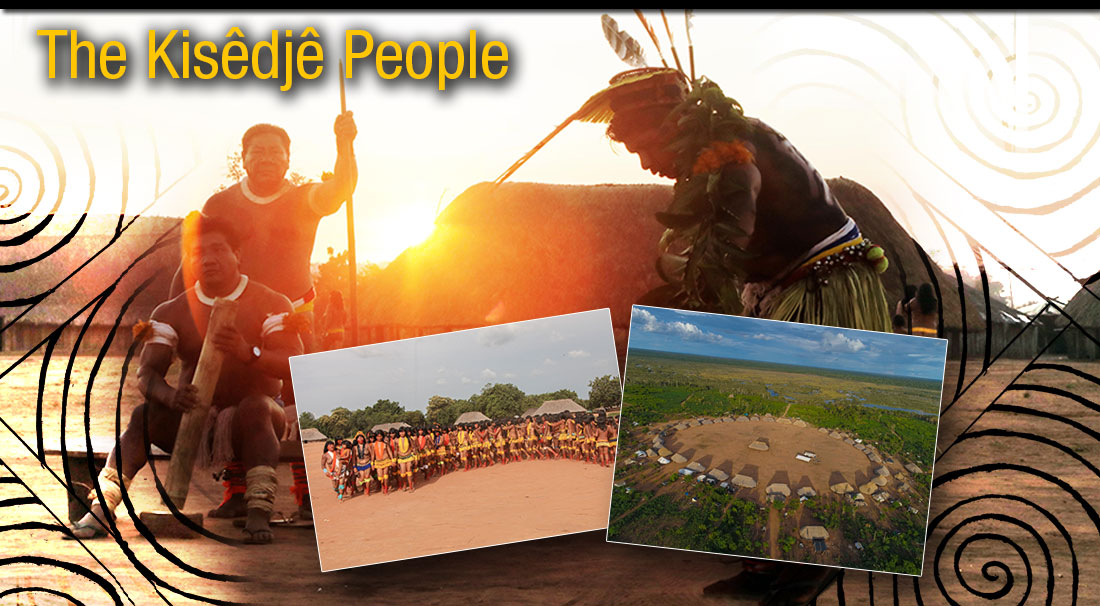
The Kĩsêdjê are the only group of the Gê language family in the Xingu Indigenous Park. But since their arrival in the region (probably in the second half of the 19th century), because of contact with other Xingu groups and, primarily, with those of the so-called "cultural area of the Upper Xingu," they have adopted many new customs and technologies. In spite of this, they never abandoned their cultural singularity. Among the principal features of this are a particular style of singing in rituals, an expression of individuality, and of a way of being in Kĩsêdjê society. Until a few decades ago, another distinguishing feature of the group was the large lip discs and ear discs that more than simply being ornaments pointed toward the importance of speaking, singing, and listening among members of this group.
For more information about the Kisêdjê people click here |
|
 |
|
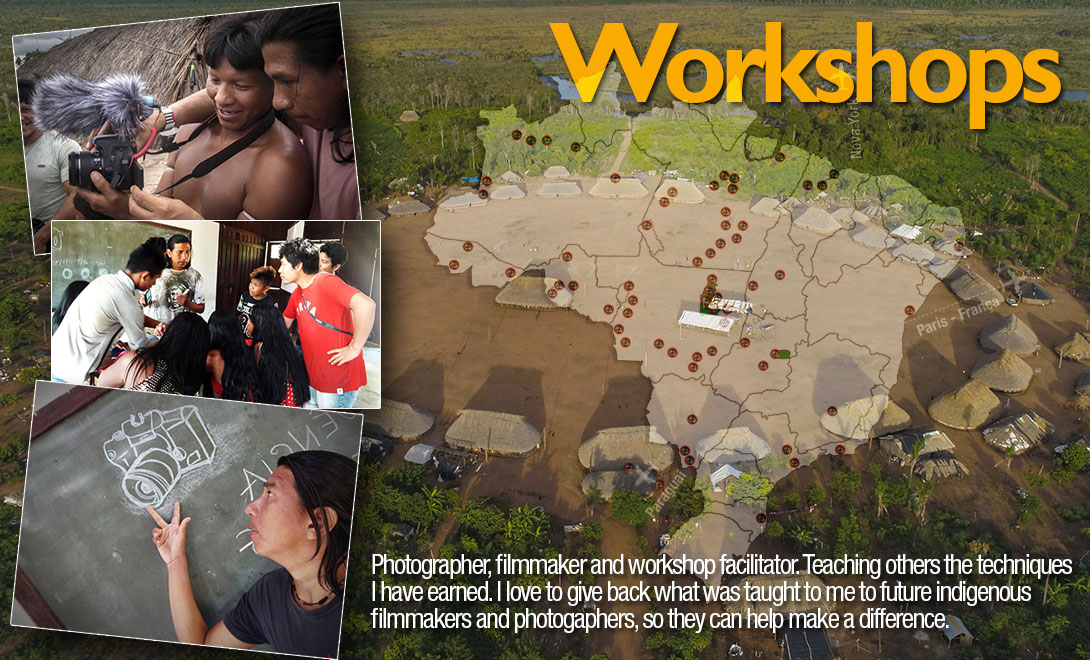 |
 |
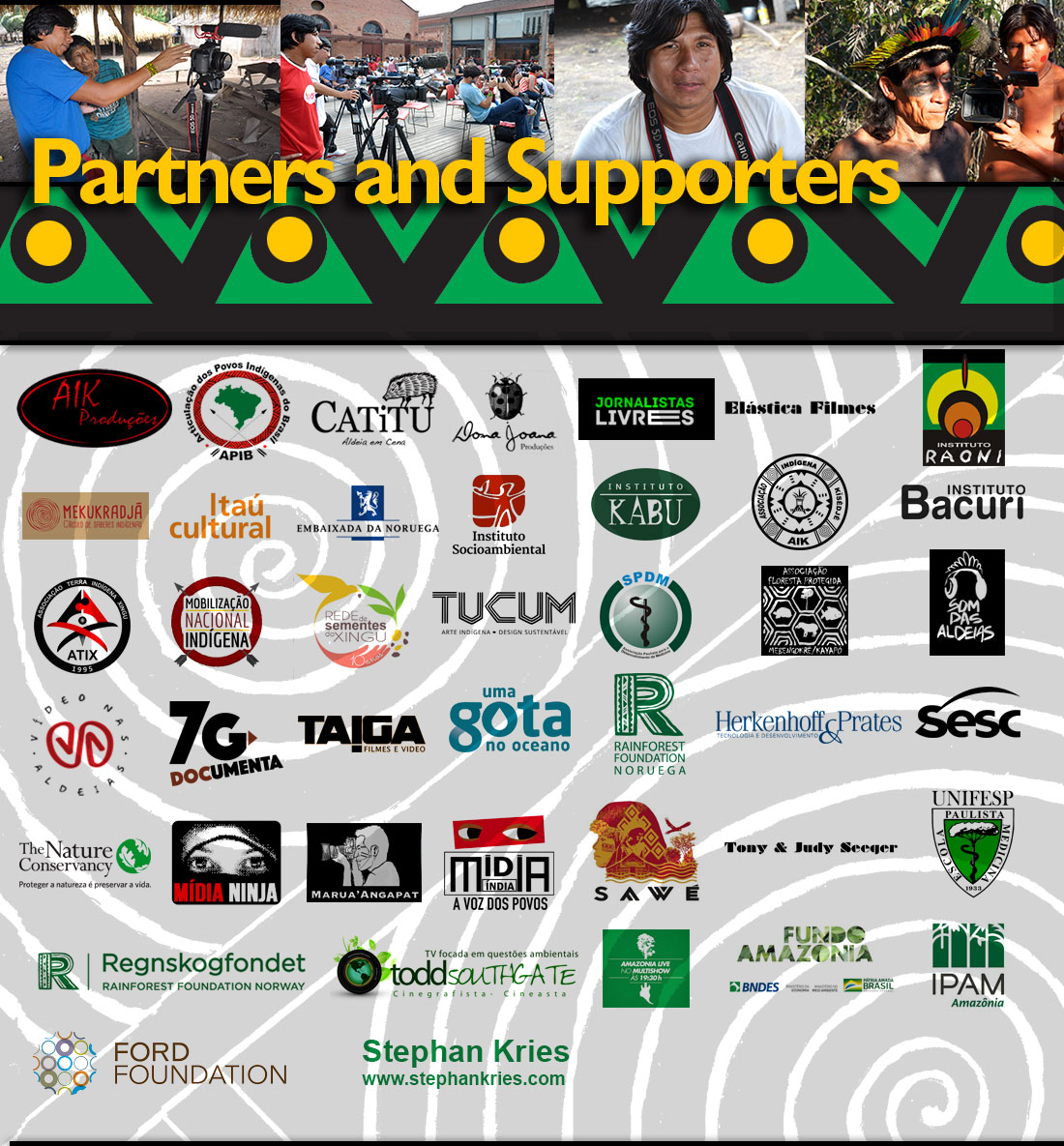 |
 |
| |
| Web Design & content: Kamikia Kesedje / Todd Southgate / Marizilda Cruppe © 2020 |